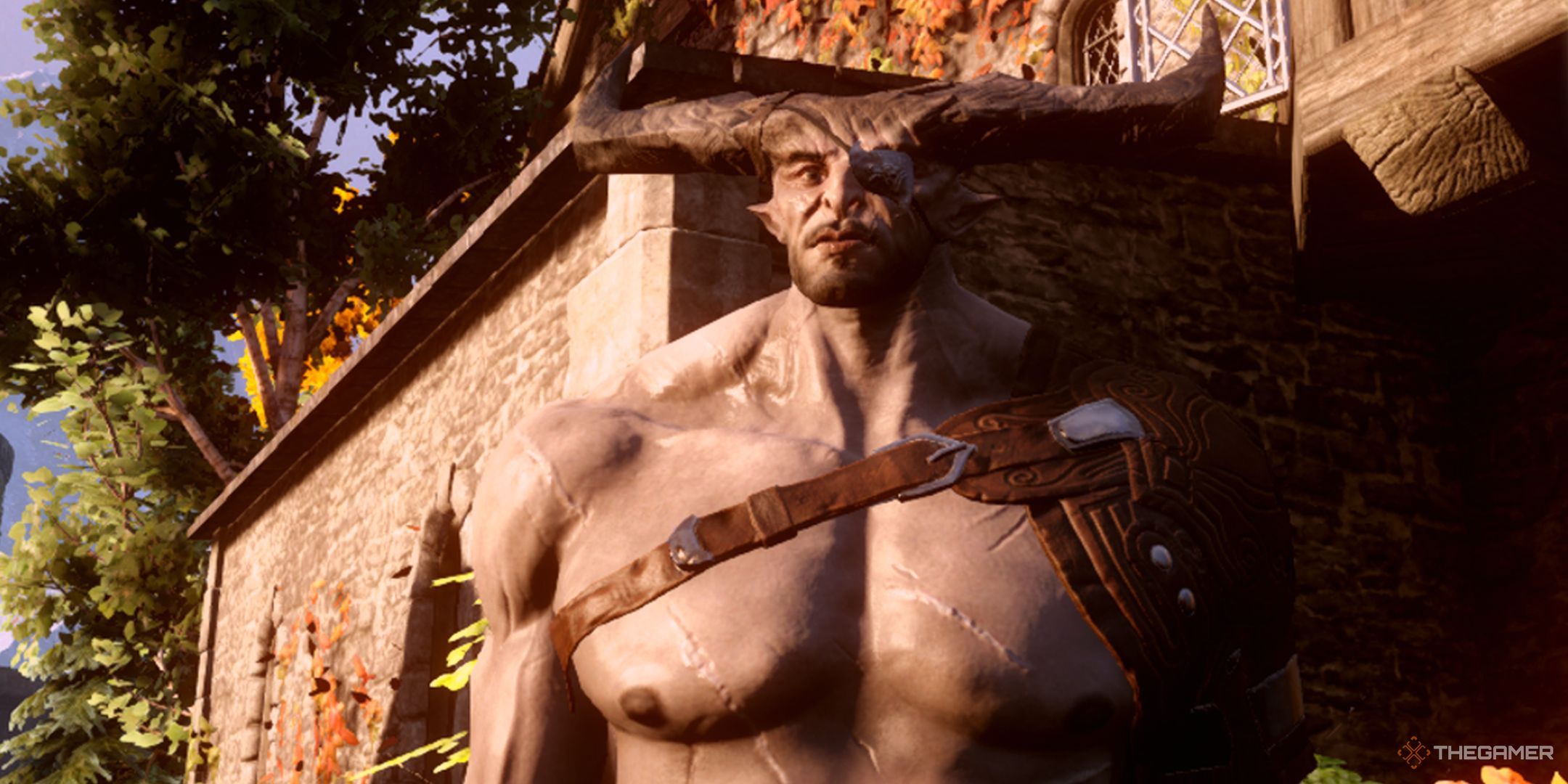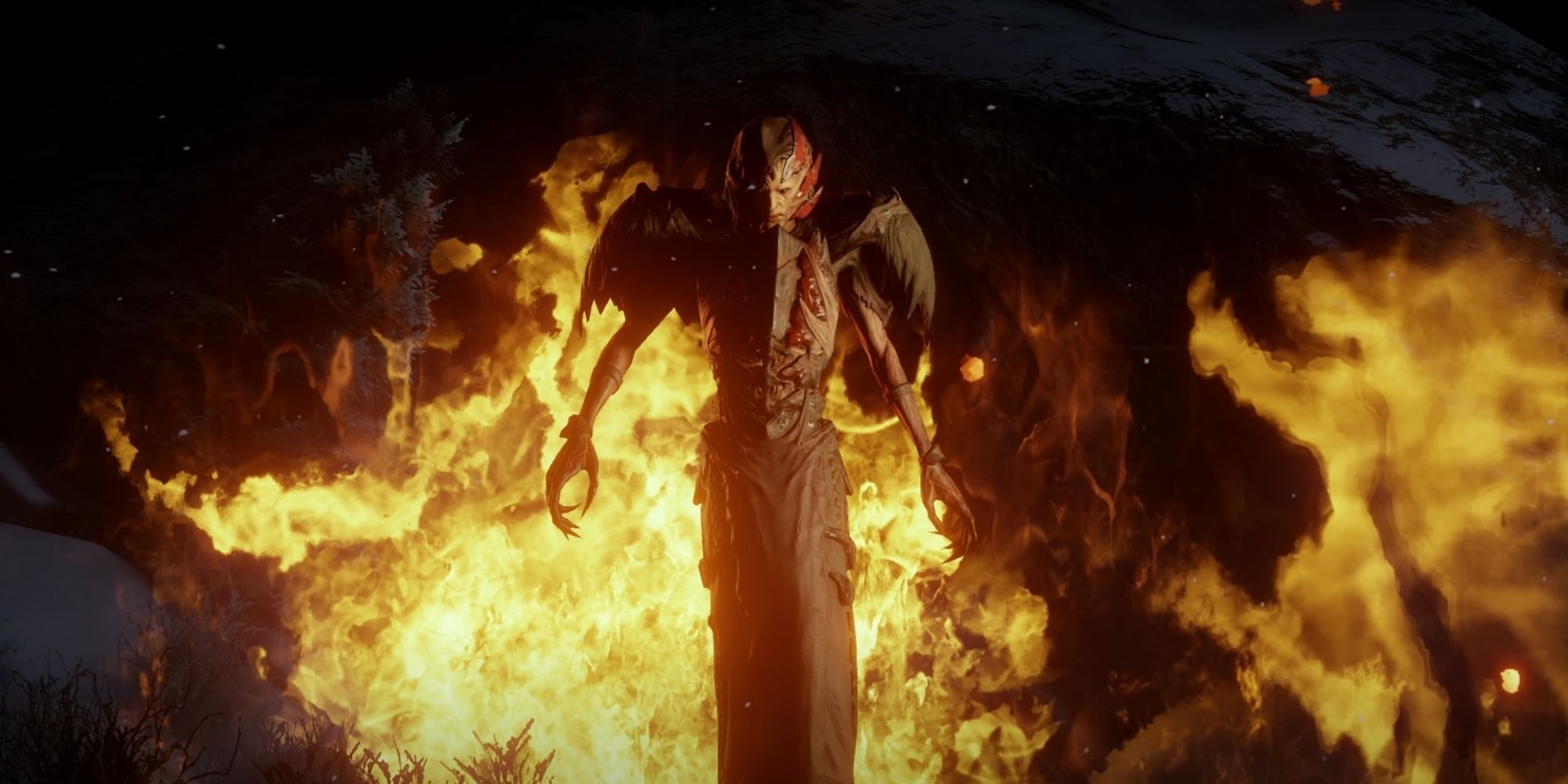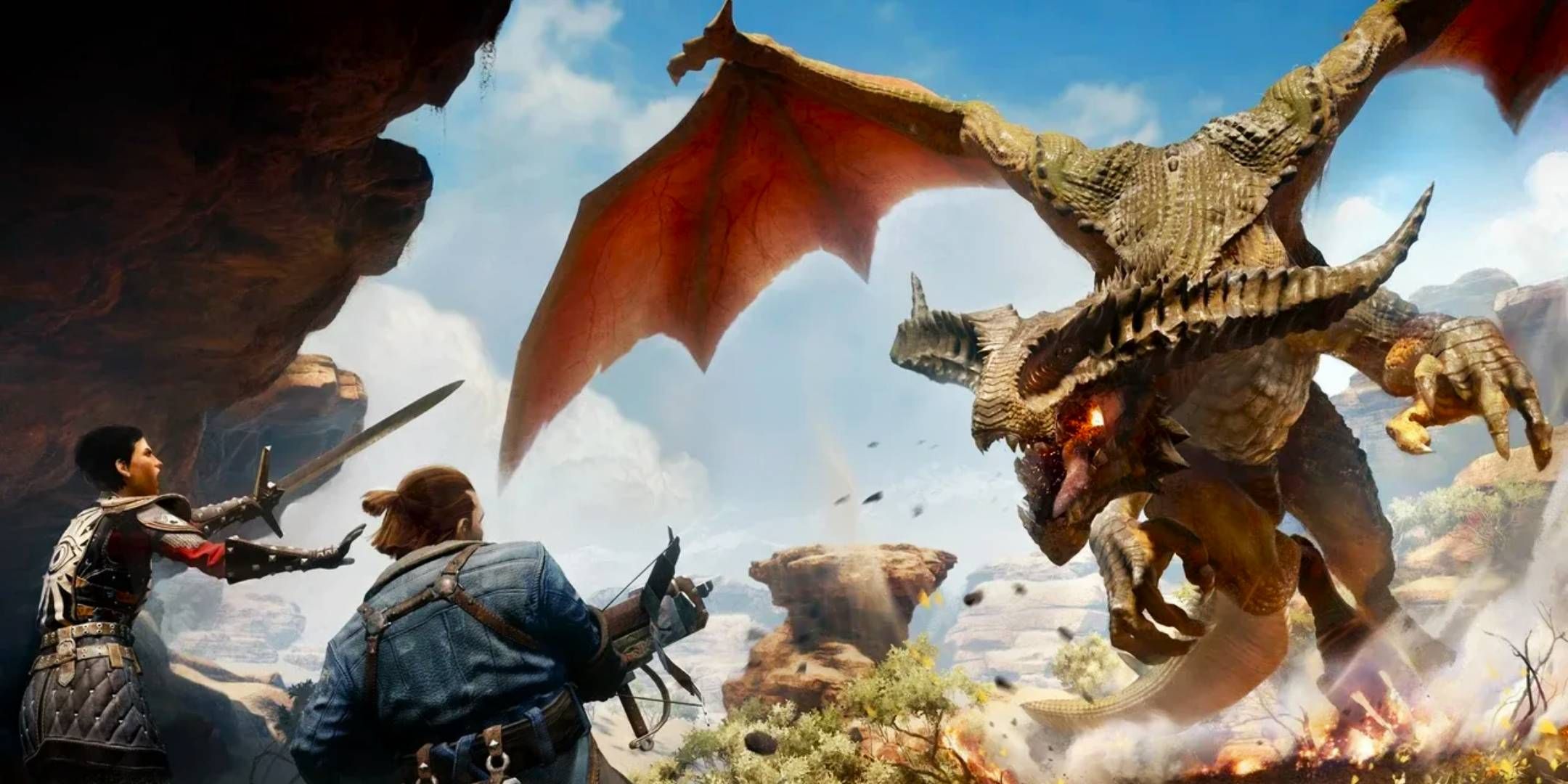In the vast world of Dragon Age, the various races that populate Thedas tend to be fairly common fare. Ancient and disgraced Elves, populace but fairly standard humans, and subterranean Dwarves. Fairly standard, though the Qunari are a group of people that feel genuinely unique.
While it’s hard enough to even call the Qunari people because of the complexities of their culture, that very fact is what makes them so unique. They’re not a strictly isolationist people though are very opposed to other cultures, making it hard to gauge them as a people. Let’s try our best to do it here.
History Of Qunari Conflicts With Nations Of Thedas
Initial Invasions
While the history of the Qunari people is quite old, most of it is either undocumented within the games, or is held by Qunari society on the land of Par Vollen to the northern reaches of Thedas. As Par Vollen is inadmissible to visit to those not part of the Qun, it stands to reason that very few know about the history of the Qunari.
In 6:30 Steel Age, the Qunari people came from further north beyond Thedas and conquered the land of Par Vollen almost entirely without struggle. A native human population dwelled in Par Vollen and accepted the Qunari people as benevolent, many of them immediately converting to the Qun. While little is heard from Par Vollen, it is assumed this native human population is still present and are respected members of the Qun.
In other parts of the lore, it is stated that
human populations all originate in Par Vollen
and traveled across the sea to settle in the greater landmass of Thedas.
As Par Vollen lies detached from the continent of Thedas, the Qunari settlement was essentially unheard of. As such, when the Qunari launched an invasion of the mainland of Thedas in 6:32 Steel, the peoples of Thedas were caught unawares. This resulted in a war that would result in an Exalted March called by the Orlesian Chantry, one that the Tevinter Imperium would also partake in.
These various wars with the Qunari would continue for over 100 years, only formally ending in 7:84 with the Llomerryn Accords. This had the Qunari people and the vast majority of people of Thedas agree to peace with the Qunari returning to Par Vollen. Tevinter, having lost much land and people in this war, refused to agree, demanding harsher penalties against the Qunari. Considering the schism between the Orlesian and Imperial Chantries, this request was ignored.
As a result of this, Tevinter and the Qunari are still at war to the modern day. As a result of this, the Qunari conquer the island of Seheron, an offshore island under the dominion of Tevinter, and establish a permanent foothold there. Though they attempt to conquer the Imperium on the mainland, this has been unsuccessful thus far. On the other hand, Tevinter has had no luck in repelling the Qunari from Seheron either.
The Kirkwall Incident
Excusing their conflicts with the Imperium, the Qunari have mostly kept to the terms of the Llomerryn Accords, as has humanity, though this has not prevented tensions rising among the groups, and in humanity especially. This can be seen most keenly in Kirkwall when the current Arishok, someone who is functionally the military head of the Qunari, is shipwrecked in Kirkwall.
During the wars of the Steel Age, the Tome of Koslun, an integral holy tome to the Qun, was stolen. In 9:31, a meeting was organized to return this tome to the Qunari, though was ruined by a thief, Isabela, stealing this tome. The Qunari refused to leave Kirkwall until this tome was returned to them, and even launched a full-scale invasion to reclaim it.
This invasion ultimately ends in a great Qunari loss, though with the potential reclamation of their tome. Fearing the repercussions of this action, and with the subsequent death of the Arishok, the remaining heads of Qunari society make a formal declaration disavowing the Arishok and posthumously excommunicate him from the Qun.
Since this event, the primary Qunari military actions are still against Tevinter, though tensions were raised immensely after the conflict in Kirkwall.
The Qun As A Concept
What Are The Qunari?
As you probably noticed already, Qunari is a generally all-encompassing term. It is the race, the culture, the society, and just about everything related to the Qunari people. In staunch contrast to everything else within the world of Thedas, the Qunari do not follow standard religious practices, nor are they strictly homogeneous either. The Qun is, in a sense, a primordial force that every follower upholds and becomes part of.
To explain this more clearly, an example is needed. While those of Thedas refer to the hulking, metallic-skinned, horned race of people as Qunari, these people call themselves Qunari as well, though for a very different reason. A ‘Qunari’, officially, is not a member of this race, but any follower of the Qun. So while all of these people are by default born within the Qun and are referred to as such, those who convert are also Qunari.
Tallis, the Elf assassin you meet in the Mark of the Assassin DLC, is
seen as a Qunari despite being a later convert
.
In the eyes of the Qun, race and birth are irrelevant. Those born outside of the Qun are simply those who are misguided but can be brought back to the right path. While the Qunari tend to be forceful in their conquests, they give everyone the option to convert and do not force it upon them. While refusing to convert will typically result in death, this is a valid choice and outcome in the eyes of the Qun.
The Efficiency Of The Qun
Qunari society is primarily based in Par Vollen in the capital of Qunandar and across Seheron, and those who aren’t part of the Qun are rarely permitted to enter. Conversely, the Qun demands perfection and so those who are part of it rarely elucidate outsiders on the functions of the Qun.
A small example of this, as discussed by Sten in Dragon Age Origins, are cookies. In Ferelden, this are baked leftovers from other goods. In the Qun, everything is balanced and planned to the highest degree. The idea of waste is anathema to the Qun. What is needed is created, and the possibility of excess is removed. As such, cookies do not exist as the basis of their creation is not a scenario possible under the Qun.
This extends to many facets of Qunari culture. Gender is also seen very strictly, though not in the same way as the rest of Thedas. While nations like Tevinter and Ferelden tend to view women as inferior to men, the Qun instead views men and women as serving distinctly different purposes.
This itself is wrapped in a further concept, which is that your birth gender is not a permanent fixture. Should one be born as a woman, who may be more suited to scientific ventures, but has a higher affinity for military affairs, then they will be classified as a man. The concept of gender is a starkly different idea than the rest of Thedas.
Krem, a member of Iron Bull’s Chargers group, would be viewed as a man within Qunari society, with
the term Aqun-Athlok
used to specifically define this concept.
The Qunari View On Magic And Dreams
While the Qunari, in a rather roundabout way, can end up being accepting, this acceptance ends in the presence of magic. While mages are reviled across the length of Thedas with the exclusion of the Tevinter Imperium, the Qun has an egregiously harsh view on magic users.
The Qunari, at least those of the horned variety, claim not to have dreams nor enter the Fade. This exists in direct opposition to the existence of mages in their society, though their treatment of mages may be a direct reaction to that hypocrisy. While Qunari may not dream the same way as other races, they are not cut off from magic the same way Dwarves are. Silencing mages may be their way of keeping the Qun stable.
First shown in Dragon Age 2, anyone born with magic in Qunari society is branded from the moment it emerges. They are then assigned a handler and a literal leash to keep them under control. To the Qun, magic is seen as an illness, one with the potential to ruin a Qunari. It is not seen as a fault of the individual, though they are punished all the same for being the bearer of magic.
To prevent the usage of magic, these Qunari, known as Saarebass, are covered in a metal visor to hide their face and heavy weights attached to them to stop them channeling magic. To further indicate their harm to society, their horns are shorn off to make them immediately identifiable from a distance. If a Saarebas is ever known to have performed magic without permission, their tongue is removed to stop them doing so ever again.
This, of course, this not stop the hypocrisy of
the Qunari using Saarebas as weapons during warfare.
How Does Qunari Culture View Outsiders?
While the Qunari are more than just the horned race that makes up the bulk of their society, they are still selective with what they share with those outside of their belief system. In the event of one converting to the Qun, they forsake their old name and history entirely, and are seen as a person reborn in belief of the Qun.
While this process of conversion is a relatively accepting one, the alternative is death. As evidenced by the Qunari wars beginning in the Steel Age, not following the Qun is reason enough to seek the destruction of others. The Llomerryn Accords ended much of the Qunari hostility, and while they are still oppositional to uninvited non-Qunari coming to their lands, they are more open to trade with others as a means of cultural exchange.
The Qun is a currency-free society
, so this trade is exclusively used as a means of gauging other cultures and their potential to accept the Qun rather than from any necessity.
As the Qun is an all-encompassing societal, religious, and cultural system, that means that those born into it are not any more special than those who convert to it, and refusal to accept the Qun makes you an exile from Qunari society as a whole. As such, the horned beings who make up the majority of the Qunari are dubbed as Vashoth if they choose to renounce the Qun, and are seen as lesser than those who never believed in the Qun in the first place.
How Do The Qunari Relate To The Kossith?
With all of that said, it would make you question who the Qunari were before the Qun. This system was pioneered by Ashkaari Koslun in their handwritten Tome of Koslun. It is not detailed when this was written though, and the current Qunari of Par Vollen are no longer in contact with their home north of Thedas. So where did they actually come from?
There is one recorded instance of their ancestors of the Qunari in Thedas. The Kossith, as they were known, settled in the Korcari Wilds deep in Ferelden during the period of the First Blight around -400 in the Ancient Age, though were subsequently slaughtered by the Darkspawn. This is the only known time the Kossith, ancestors of the Qunari, were seen in Thedas. So what occurred in the 1000 years between this and their reappearance.
Ogres are the result of these
Kossith being turned into Darkspawn
.
When speaking with Iron Bull in Inquisition, he states that even to the Qunari, their history is vague. He does acknowledge the Kossith as their ancestors, though says they’re not truly related to the modern Qunari in any way. He does not elaborate on this, nor does he seem to understand why himself.
On a related note, many Qunari have a distinct bloodlust when it comes to dragons. Reavers are those who drink draconic blood to unlock immensely powerful abilities, and this is a specific specialization that Iron Bull can unlock. Yet for Reavers of other races, it is a choice to hunt dragons.For the Qunari, something about it is innate.
During the final encounter with Corypheus, he will comment upon the Inquisitor’s race. In the event of them being a Qunari, they will say that their “blood is engorged with decay, your race is not a race, it is a mistake!”. Taking into account the Tevinter Magisters’ supposed creation of the Darkspawn and the limited appearance of the Qunari in Thedas, it is highly possible that the Qunari as they currently exist were created by these Magisters, and quite possibly spliced with dragons to create the bloodlust.
With
Archdemons also manifesting as a dragon
, the chances of this theory being reality become even higher.
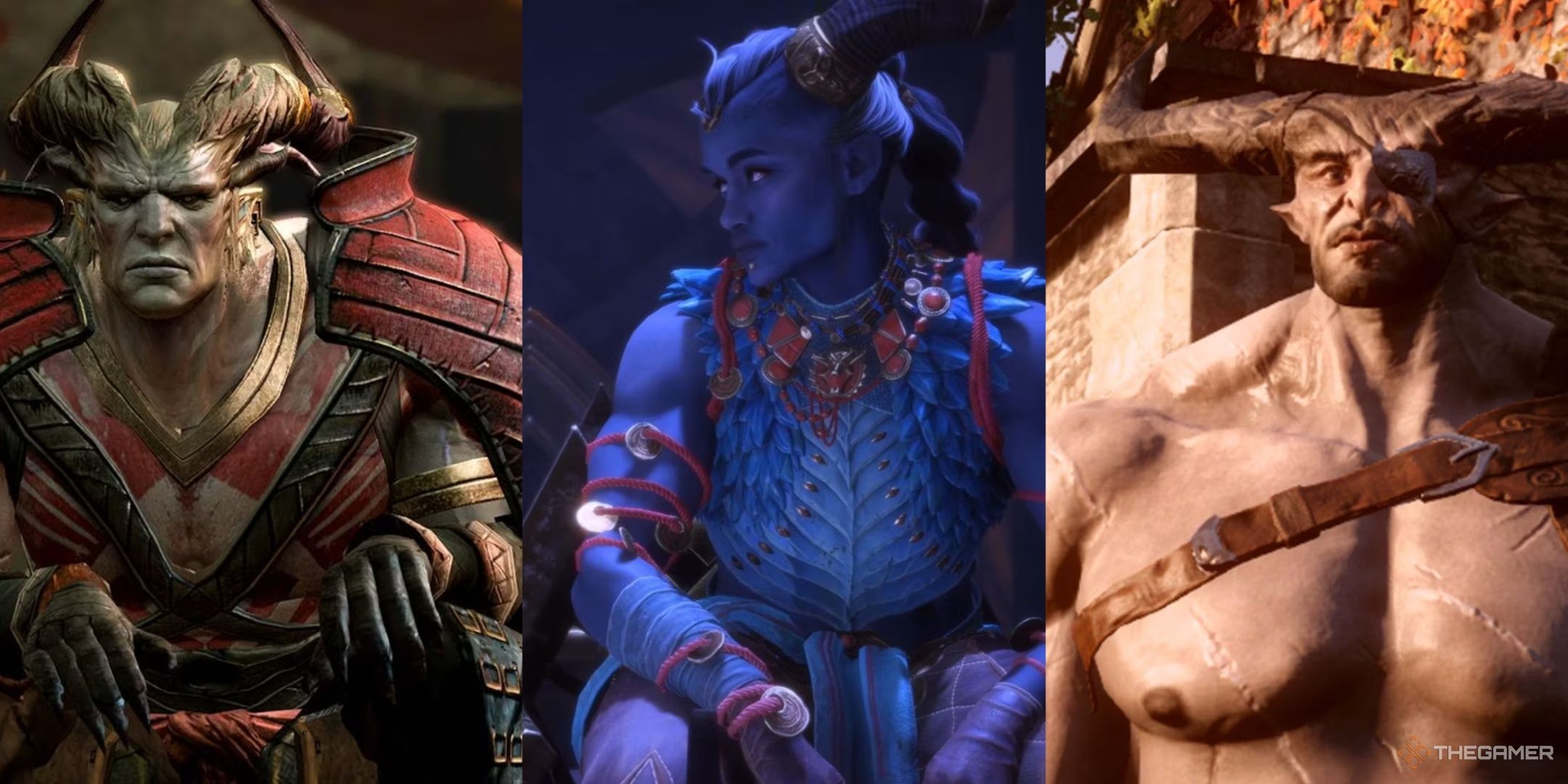
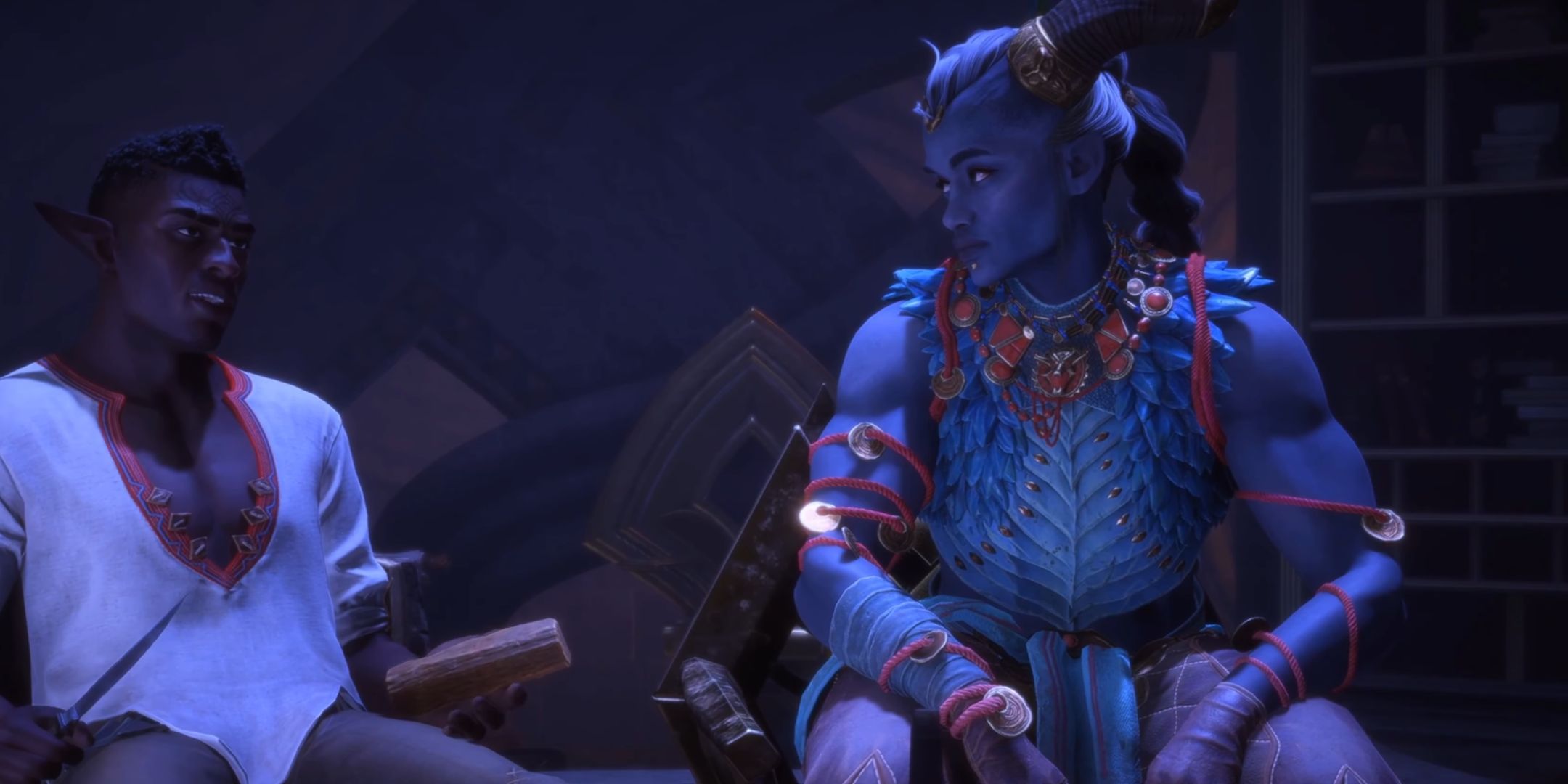
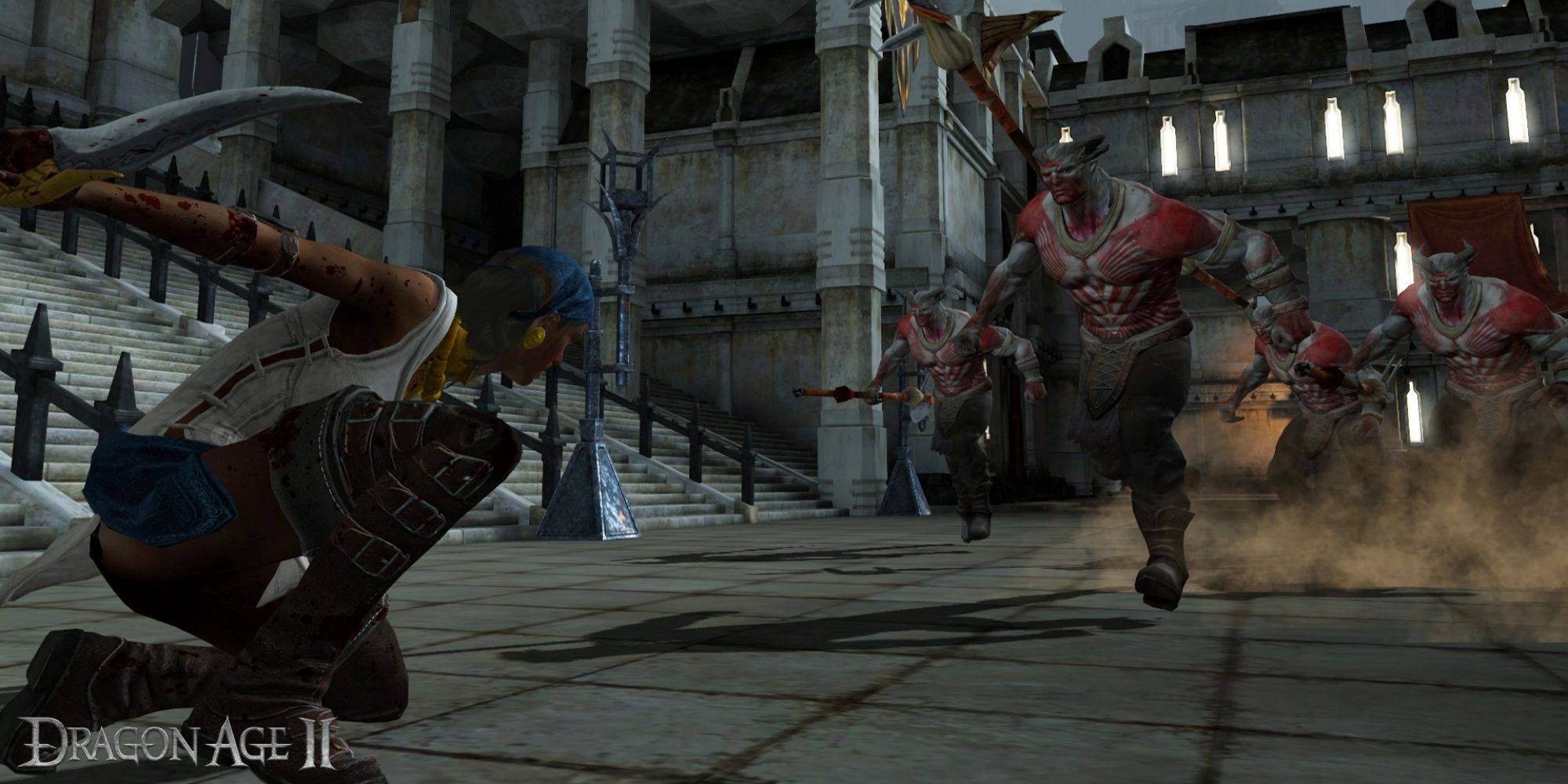
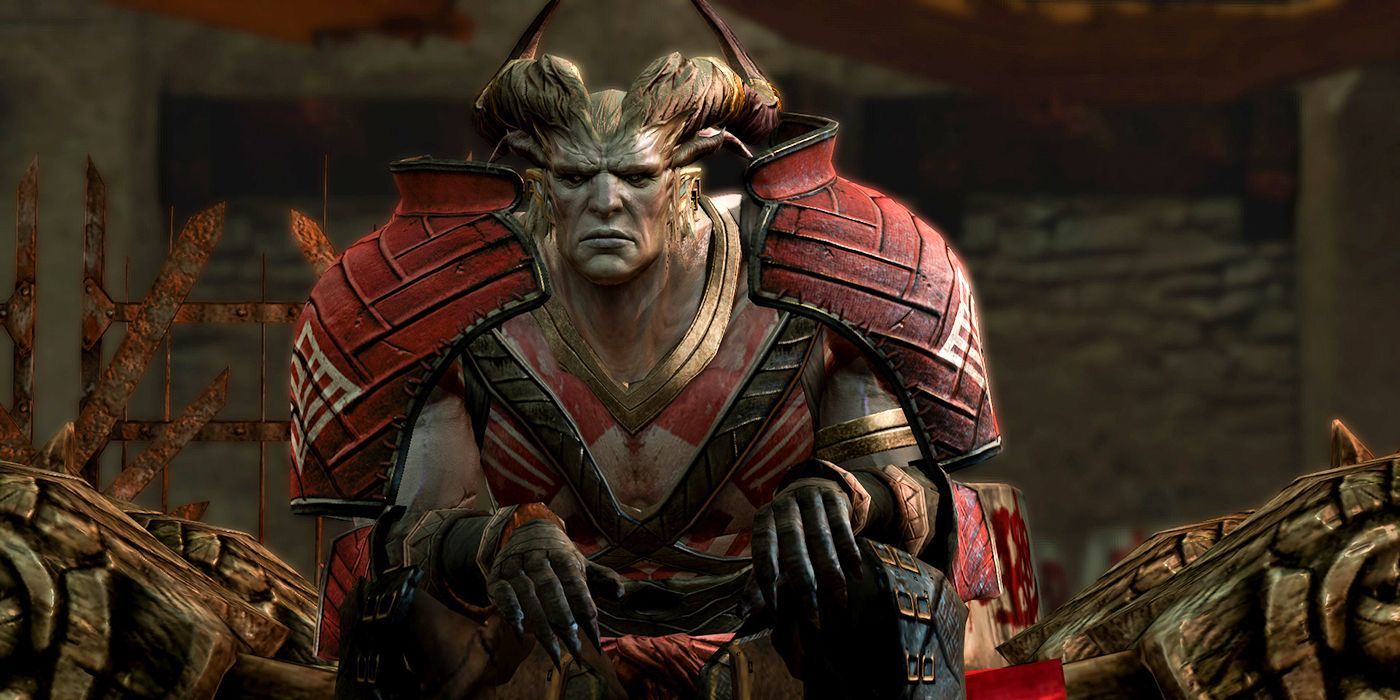
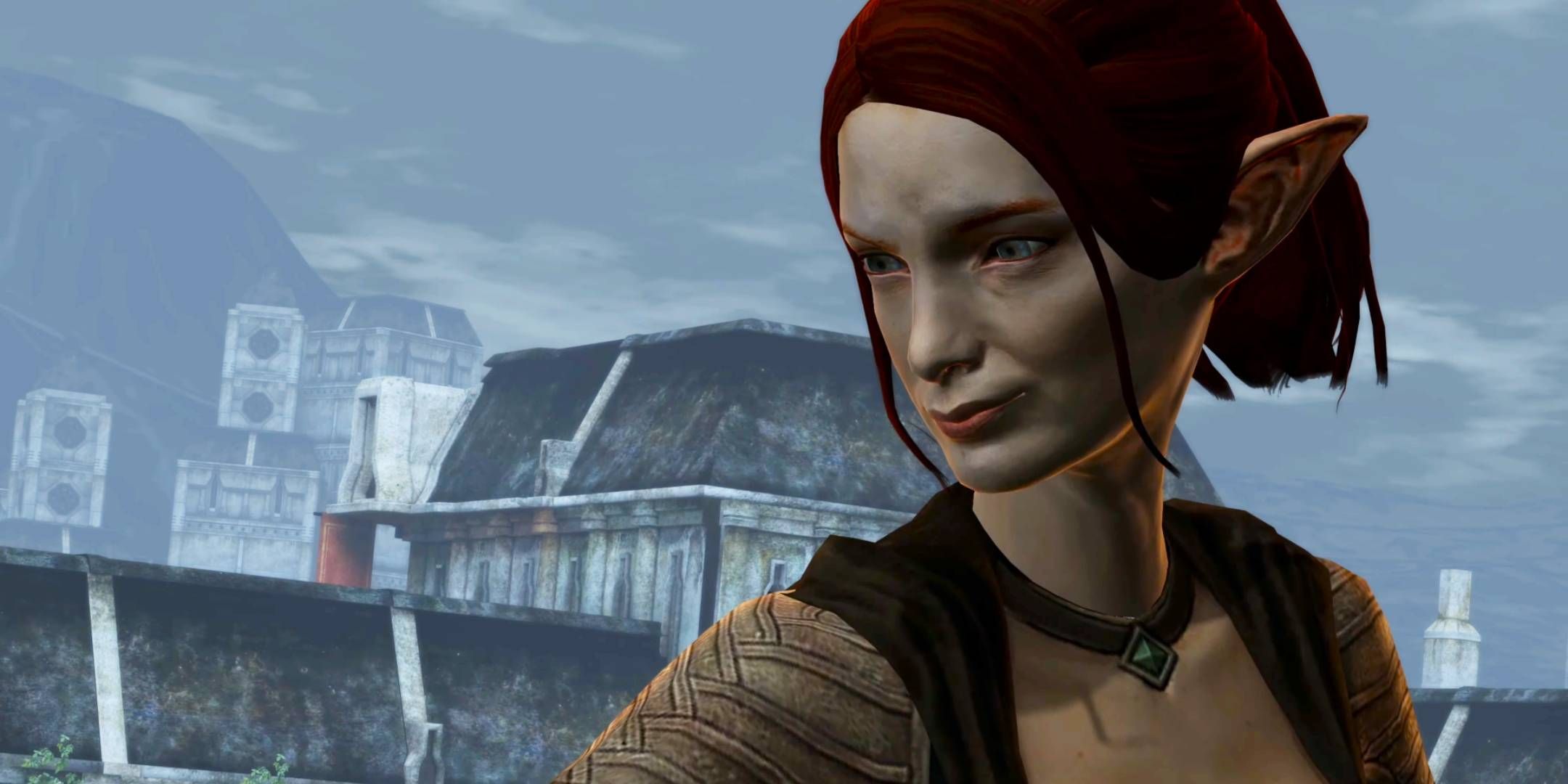
-6.jpg)
